Engaging in therapy and exploring artistic activities like painting can indeed be powerful tools for healing and self-expression. Therapists often use various techniques to help individuals navigate their emotions, thoughts, and experiences in a supportive and non-judgmental environment. Talking with a therapist provides an opportunity to express your feelings, gain insights into your challenges, and develop coping strategies. It can help you explore the underlying causes of your distress, work through past traumas, or develop skills for managing stress, anxiety, or other mental health issues. Therapists are trained professionals who can guide you through the healing process, offer perspective, and provide support as you navigate your personal journey. The act of art painting itself can be healing, as it allows you to focus your attention on the present moment, promotes mindfulness, and offers a therapy outlet for self-expression. Whether you choose to paint abstractly or representational forms, the process of creating art can be deeply personal and meaningful.
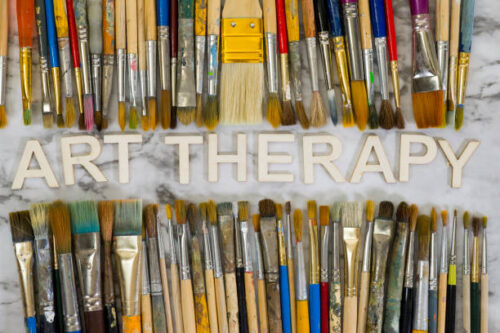
Have You Heard About How Painting Helps People Recover From A Mental Disorder?
Are you familiar with art therapy? Who could conduct art counseling according to the Art Therapy Credentials Board? What are the creative process and art therapy credentials of this type of counseling? How could art therapy methods help? What’s the quality of the treatment and the creative process with an art therapist?
Unlike many, I grew up knowing about mental health problems and art therapy. You see, my big sister, Vanessa, was born with Down Syndrome. My parents welcomed the mental health diagnosis with open arms, and Vanessa had been going to various treatments and therapeutic services, like art therapy program, art therapy and traditional talk therapy, almost all her life.
The first time I learned about my sister’s condition was when my mother brought me with her before dropping off Vanessa at a special education school. I did not know anything about relatives looking alike, but I was aware of my sister’s face. So, when I looked outside and saw that many kids resembled Vanessa, I wanted to go out and play with our cousins. At least, that’s what I could assume those kids were.
Smiling gently, my mother said, “No, they are not your cousins, honey. They are your sister’s friends at school.”
“How can that be, momma? Everyone looks like,” I could only utter, confused.
“Honey, Vanessa has Down Syndrome. It is a form of neurological condition that practically makes her extra special. Her friends are dealing with the same thing, so they go to school together.”
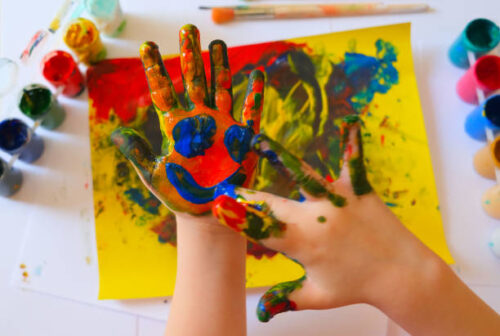
Understanding Disorders The Hard Way
Of course, Mom’s explanation at the time did not make a lot of sense to my seven-year-old self. It was a bit complicated, and all I could remember was that Vanessa was special to our family. However, when our parents left us in the local park to play, that’s where my concerns began. Some kids came by and started pulling faces and putting their tongues out, making fun of my sister.
Although she was already 11 years old at the time, my big sister could still barely get three-syllable sentences out of her. It was not for lack of effort she’s giving – she had been seeing a speech-credentialed art therapist for as long as I could recall. I saw Vanessa try to tell off the bullies in that instant, but they could only laugh more at her slurred words.
We were lucky that Mom returned and could chase the bullies away. I could not have done anything to those big kids; they could have thrown me like a rag if I tried. Still, the incident made me want to help my sister more and other groups, networks, or community organizations of people with disorders like her.
Becoming An Art Counselor
Vanessa was the driving force behind my decision to pursue this type of counseling. She had improved through this counseling training so much ever since that bullying incident. Her confidence level grew; she could talk to almost anyone now. More importantly, she had a job of her own. It was a massive indication that therapy private practice, particularly arts counseling with a clinical therapist, was helpful for everyone as it also involved creative expression.
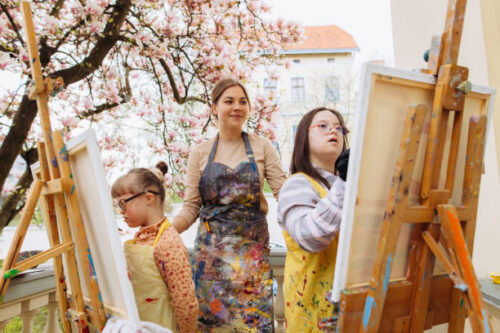
How I Started Art Therapy
As I neared the end of my Ph.D. program, though, I had to think of what kind of therapy expert I should become. I mean, would I be better off as a child pediatric, rehabilitation, schools, arts counseling, or even grief counselor with professional credentials? I needed and had to have a specialization and focus on that only, for example, on art treatment for mental health.
That’s when I remembered my sister again. Speech therapy worked for Vanessa later in life, but it did not honestly do much for her before her teenage years. It was ideal for my sister to express herself in art treatment through drawings and paintings during art therapy back then.
Then, it hit me: art treatment through art making. I am going to be an art treatment expert and professional counselor. The following are the benefits of engaging in creative therapy with art therapists to heal yourself.
According to the American Art Therapy Association, the primary benefit of offering the treatment is that this treatment never pushes the client to speak up and provide information about their trauma, for example, when they are still not comfortable and ready. More often than not, other art treatment experts from the American Art Therapy Association claim not to be pushy, but the only way most types of counseling will work is by ensuring that people talk about their past and current human experience and insight.
They believe that art therapy, particularly imagery rehearsal therapy, works only when one lets go of their troubles to gain self-awareness and self-esteem.
Effective mental health campaigns and research suggests that through art therapy, spoken words are not necessary at all for the treatment to move forward. Before my clients arrive and meet them, I lay out all the art treatment and art-making media I can find on the table for art treatment therapy. Then, I merely ask them to take a seat, get a sketchpad, and use whatever medium they feel like using in the practice.
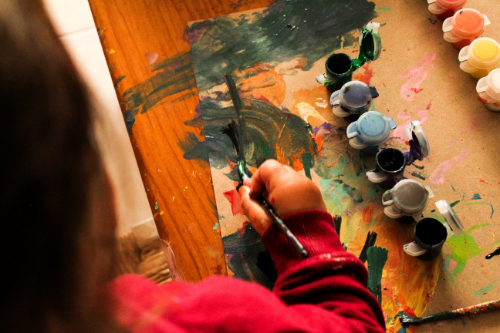
Creativity Is A Great Stress Alleviator
I am not breaking the confidentiality code by admitting that some of my clients began their sessions with nothing but abstract knowledge. The messiness on the paper during the treatment reflected the chaos in their hearts and minds. But the more they express themselves during the sessions when we’re in contact, the more their artworks show more defined art lines.
Furthermore, creativity in this treatment is a great stress alleviator. Whether my clients have neurological or mental disorders, post-traumatic stress disorder or problems with self-expression, the reality is that they cannot get better due to the amount of stress they’re holding on to.
But when they do creative stuff or creative thinking in writing in art therapy, they get to be in a world of their own for at least an hour. Having the luxury to do these settings once a week can do wonders for diverse populations’ mental health conditions.
I can never fathom what my sister has gone through all her life. I cannot act like I understand everything that she may still be going through at this point. While she is as independent as she can be, the fact remains that some narrow-minded people will come up to her and question her credibility.
Besides looking after my sister, I believe that the most significant help I can offer is ensuring that other individuals like her have a unique way of showing their true feelings through the treatment. Try the workshops now and learn why most artistic people are interested in it.
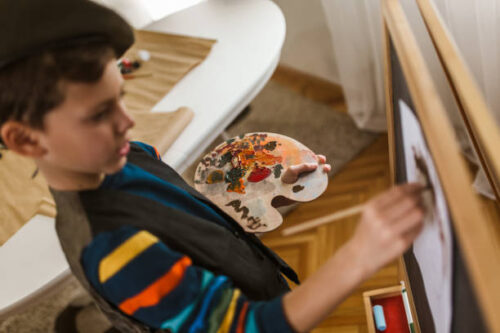
Frequently Asked Questions (FAQs)
What is counseling as an art?
Can painting be used as a therapy?
Is art therapy the same as psychotherapy?
What are the 4 types of art therapy services?
Can an art therapists diagnose?
What are 3 uses of art therapy?
Is art therapy a good career?
What happens in an art therapy session?
What are the cons of art therapy?
How can I do art therapy at home?
